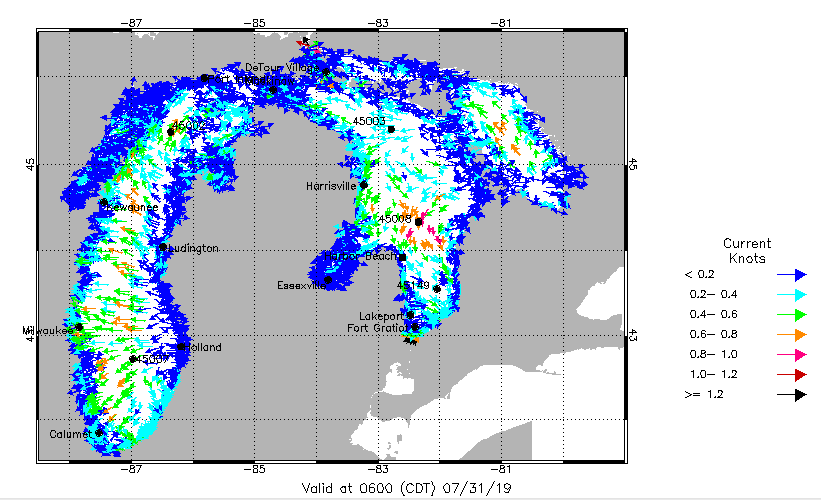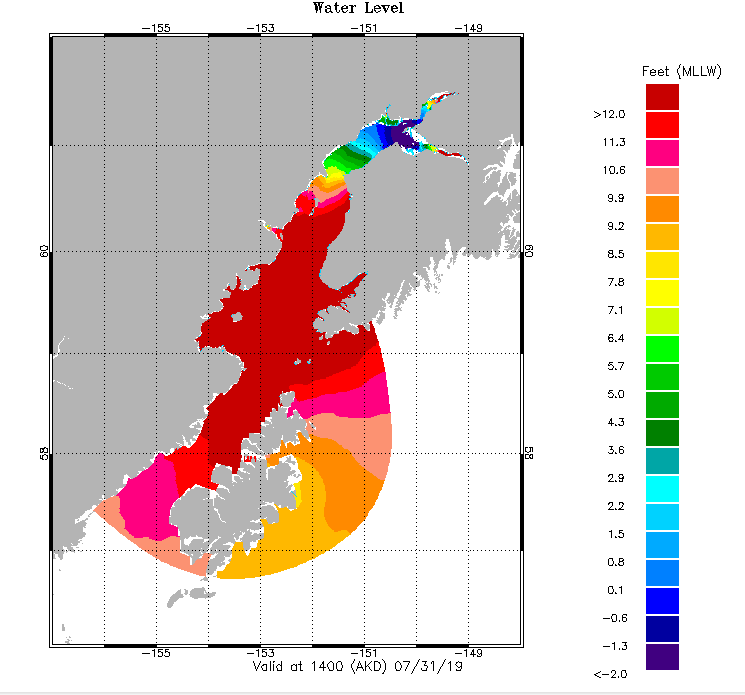New Oceanographic Forecast Models Will Aid Mariners in the Great Lakes and Cook Inlet, Alaska.

Two new oceanographic models will now be operational in Lake Huron and Lake Michigan in the Great Lakes and Cook Inlet in Alaska. The model for Lake Huron and Lake Michigan was developed in partnership with the NOAA Great Lakes Environmental Research Laboratory, and combines two existing models into a single improved model. The model for Cook Inlet, Alaska was developed in partnership with the Office of Coast Survey. These models will help mariners to navigate their local waters safely and more efficiently. Specifically, the models will provide operational nowcast and forecast guidance (out to 48 hours for Cook Inlet, and 120 hours for the Great Lakes) on parameters such as water levels, water temperature, salinity, and currents. NOAA’s Center for Operational Oceanographic Products and Services has implemented forecast systems like these in critical ports, harbors, estuaries, Great Lakes and coastal waters across the United States, forming a national backbone of real-time data, tidal predictions, data management and operational modeling.
